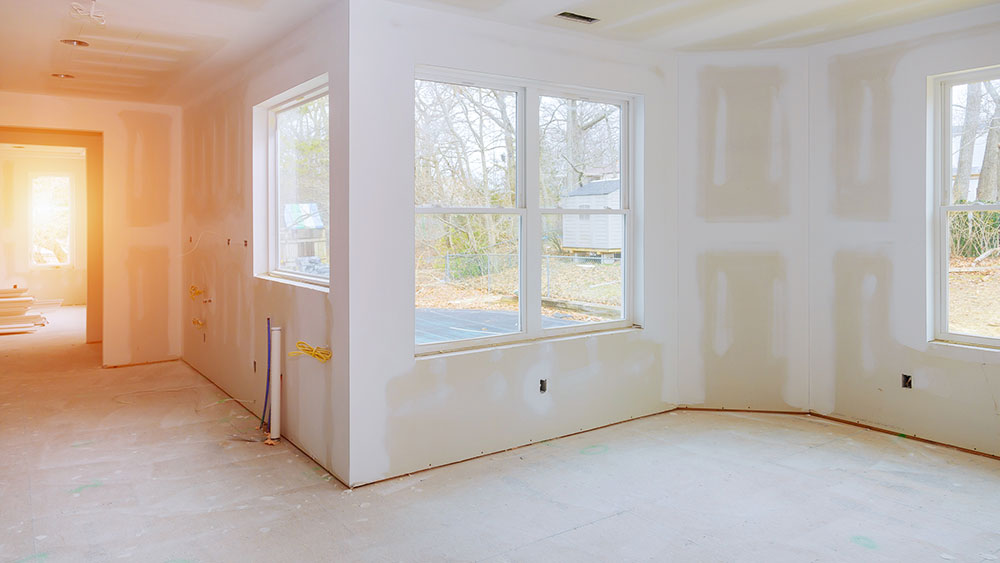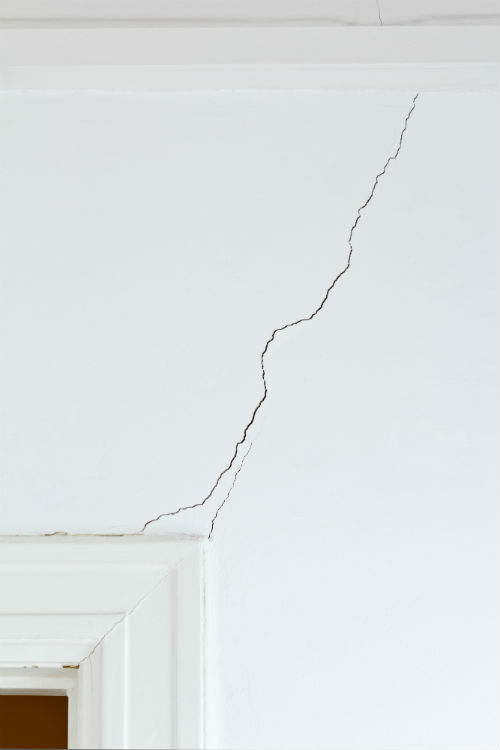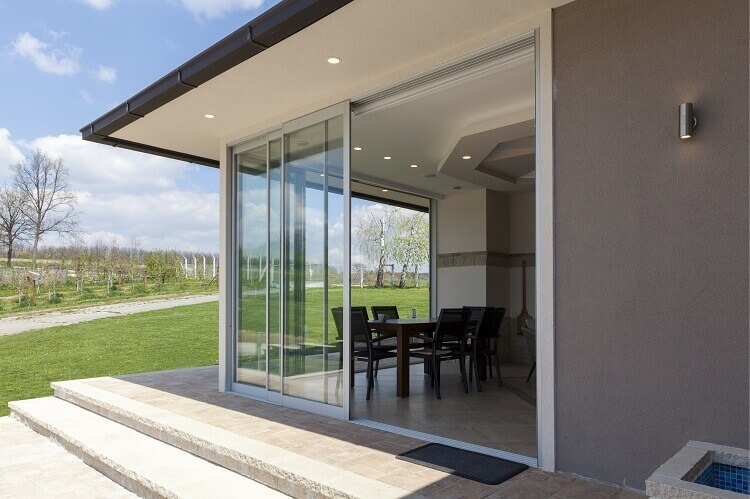Content Attributes
Drywall is in practically every house around the country nowadays. There are few homes left with plaster, wood, or brick walls throughout the home. So, it’s essential to know what to look for to ensure your drywall is well-maintained and damage-free. There are some apparent signs of drywall damage, such as holes. Those are hard to miss.
However, holes aren’t the only signs of drywall damage. When you have drywall, you have to look out for moisture, humidity, and much more. That’s why we’ve compiled this list of the top three signs you need a replace drywall section. Damaged drywall left unrepaired will only lead to more expensive repairs down the road. Therefore, it would be best to take the time to look out for these signs to ensure your home is in tip-top condition. Let’s get started.
1. Discoloration

If you live in one of the many humid locations around the country, moisture will be an issue for your drywall. Humidity is known to cause discoloration spots along drywall walls and ceilings. Even if you live in a dry climate, discoloration and sagging drywall can occur on the ceilings of your bathroom due to the increased humidity in these rooms.
If discoloration is left unaddressed, moisture will only continue to build up and eventually cause mold and mildew growth. If you can remove the source of moisture in your home, such as with proper ventilation in the bathroom, then your drywall will be fine. However, if the moisture is out of your control, such as the area you live in, you’ll have to replace the discolored drywall before it worsens.
2. Water Damage
Water damage is an entirely different beast, not to be mistaken with moisture-caused discoloration. Flooding, pipe leaks, and other significant water damage warrant immediate drywall replacement. Water causes massive, irreparable damage to drywalls walls and ceilings. Ignoring wet drywalls in your home will also only lead to mold and mildew growth, bacteria, and increased allergens.
If you notice any signs of water damage on your walls or ceilings, such as areas that are wet to the touch, large discolored spots, and bubbling paint, you need to act quickly. You’ll need to identify the source of the water damage as soon as possible and have it addressed. Once the source is taken care of, you should have the drywall replaced immediately.
3. Cracks

One sign that can be easily missed but is a sure sign of a drywalls replacement is a crack. Some cracks are not a huge problem and don’t necessitate a replacement. Small cracks due to a minor issue like a misplaced seam or an impact you can simply patch and call it good. However, large cracks can affect the wall’s structural integrity.
Sections of drywall with large cracks warrant removal and replacement to ensure the wall doesn’t break apart. You shouldn’t attempt to repair a large drywalls crack yourself. A drywall professional is necessary to remove the old, damaged drywalls and replace it with a new piece. If you try to do it yourself, you risk causing additional damage to the wall and spending more money on further repairs.
Hire a Professional
If you notice any of the signs we’ve mentioned above, you’ll likely need to replace a section or more of drywalls. Just remember that if you need a drywalls replacement, you should always hire a professional for the job. Many people think of drywall and believe that every drywall job is the perfect do-it-yourself (DIY) job.
However, only a few drywalls repairs are appropriate DIY jobs, such as patching a small hole. On the other hand, anything more major or warrants a replacement should be left to the professionals to avoid costly mistakes and ensure a job well done.



